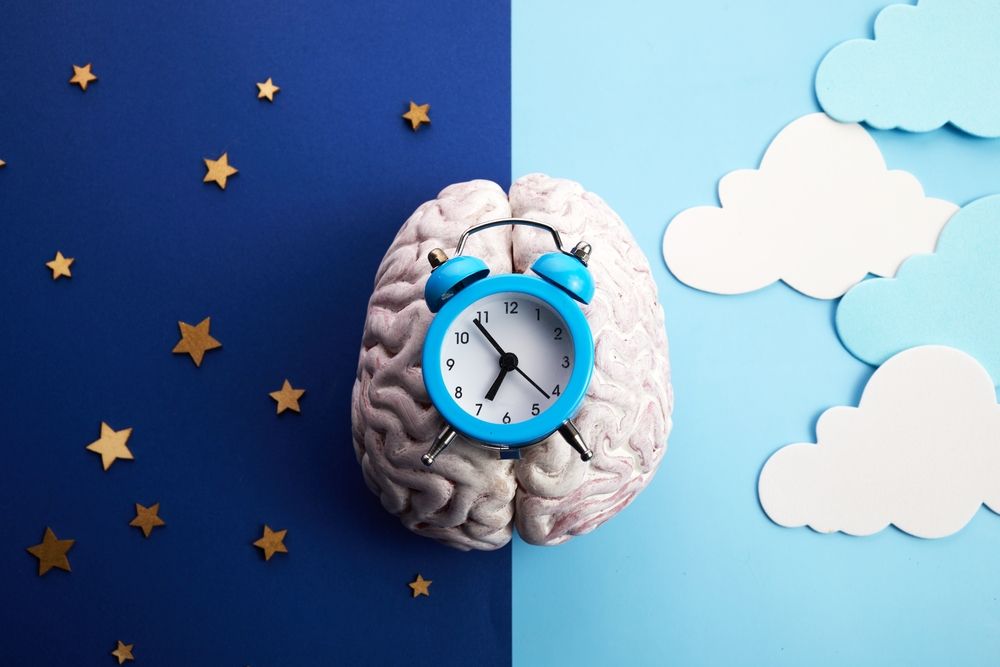
Understanding Your Sleep Cycle: From NREM to REM
- Apr 10, 2025
As we drift off to slumber each night, our brains journey through four unique stages contained within two main phases: non-rapid eye movement (NREM) and rapid eye movement (REM). Every stage and phase of sleep contributes significantly to our overall health and well-being.
The initial stage of the NREM sleep is where we transition from wakefulness to sleep – a fleeting transition that ordinarily lasts only several minutes. Here, both heart rate and breathing start to decelerate, and some may experience twitching muscles as relaxation sets in, with brain waves shifting from daytime to nighttime patterns.
The second stage of NREM sleep is where you would generally feel yourself to be genuinely "asleep". Heart rate and breathing continue to slow and the body temperature lessens, making the eyes stationary. Meanwhile, the brain starts experiencing slow-wave activity. This phase typically continues for 30 to 60 minutes.
Entering the third stage of NREM, also known as deep sleep or slow-wave sleep, is where you experience the sleep cycle's deepest resting period. This is where your body and mind rejuvenate, helping you feel refreshed when you wake up. Tissues regenerate, certain hormones release, and a person's blood pressure reduces during this stage. You tend to spend more time in this phase early in the night, usually lasting around 20 to 40 minutes.
REM sleep plays a vital role in processing and consolidating memories and information, shifting data from temporary to permanent storage. This activity makes this stage crucial for decision making, hence the advice to "sleep on it" before making important decisions.

Generally, deep sleep (occurring during stage 3 of NREM sleep) is where your body physically rebuilds itself. Contrarily, during REM sleep, your brain transfers short-term memories to long-term storage. Both deep sleep and REM are equally important and necessary for a balanced sleep cycle.
Occasional sleep disruptions are common. However, frequent or prolonged interruptions can have severe effects on health, including increased risk-taking behaviors and decreased school performance, especially among adolescents.
The use of new technologies can help maintain a healthier sleep cycle. Many smartphone apps and wearable devices, such as smartwatches and sleep tracking bracelets, can collect critical sleep data and provide detailed insights into your sleep cycle.
To sum up, the sleep cycle consists of REM and NREM phases, with the latter further divided into four crucial stages. Both phases and their stages contribute to restorative processes in our body and mind. To optimize your sleep, keep a consistent sleep routine, limit caffeine consumption, and ensure regular exercise. If you are worried about your sleep patterns, don't hesitate to reach out to a healthcare provider.



